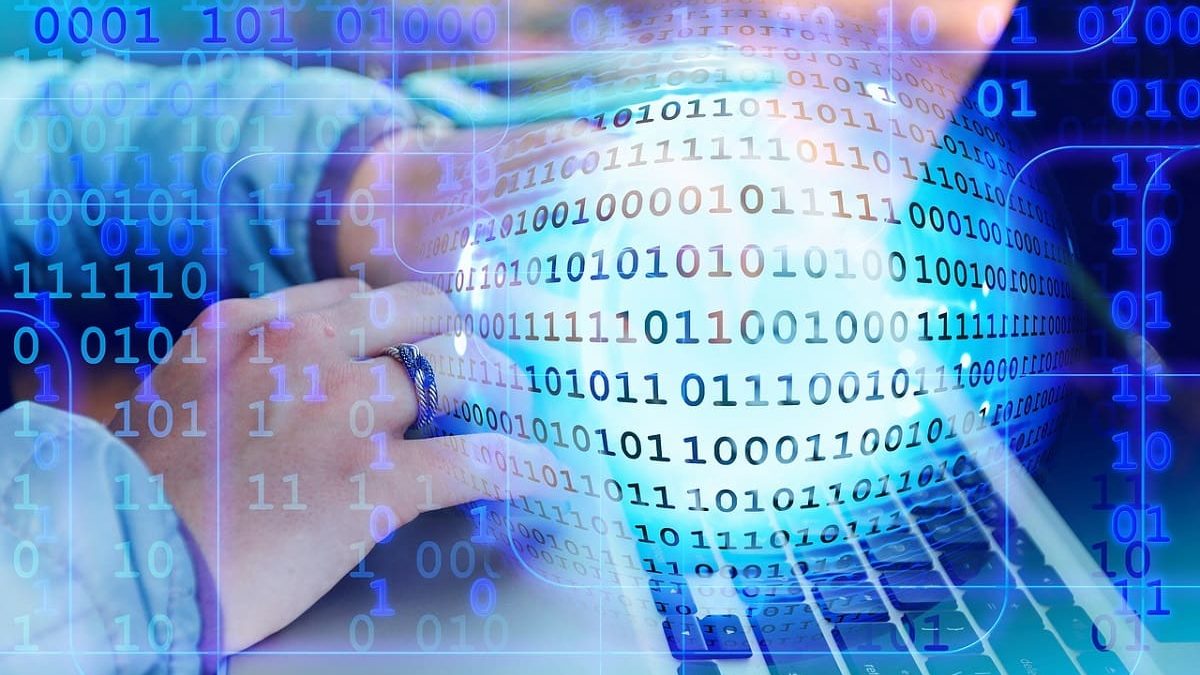Table of Contents
Operating System Definition
An Operating System is known as OS. And also, controls the operation of a computer. It is a mediator between the existing hardware, software and the user.
- On your computer, you are 75 percent likely to use the Windows OS.
- But on your smartphone, you use 90 percent of the Android OS.
What does an Operating System do?
A computer can divide into three levels:
- At the bottom, you have the hardware of your PC (motherboard, hard disk, processor).
- And then there is the OS.
- In the OS, you install software or apps to be able to work and with the PC as well.
The Operating System(OS) is the mediator between hardware and software:
The OS responds in the background to the installed hardware through drivers and passes on its signals to the installed software.
Example:
If you surf the Internet, the OS in the background controls the data exchange of your network card (WLAN module).
Listen to music and the OS controls the data between sound card and speakers.
Example:
A computer WITHOUT operating system
You have assembled a new PC that has no operating system.
- What can you do with it now? – nothing!
- The PC is useless without an operating system.
You can see that on a computer without an Operating System:
Without an OS, you can not use any software.
No operating system > No software> No operation> no use
The best known Operating Systems
Windows (by Microsoft):
The OS installs on approximately 75 percent of all desktop computers. These include Windows 10, Windows 7, Windows XP, and Windows 95.
Android (from Google):
The OS is installed on around 90 percent of all smartphones.
mac OS (by Apple):
The OS installs on about 10 percent of all desktop computers.
DOS (from Microsoft):
Means ” Disk Operating System”, had no graphical user interface and used floppy disks to launch the software.
Tasks of an Operating System
The OS is at the user interface of a computer.
And also, The functions of an operating system include the management of process and memory, the device and file management and the abstraction.
however, the operating system generates new processes and reserves the necessary memory. And It also regulates the communication and synchronization of the methods with each other.
In conclusion, this process is called interprocess communication.
Server Operating Systems
Firstly the server operating systems focus on three operating systems: “Microsoft Windows,” Unix and also Linux.
Because it is not possible to give a normal answer secondly to one or the other is better suited for a network or data center.
And also, The key advantages for Windows in server operation include native usability and applications that require are also difficult to emulate a Windows environment for instance.
Therefore, many more components and most important integrated already into the system, and standards cover most of the usual software requirements by Microsoft or other vendors.
Precisely, there are many advantages of using a Linux-based system.
These include the source and an adaptable and changeable at any time and an unbeatable price. Linux offers a huge open source community with many new features and fast security updates.
besides, There are professional and free, open-source software solutions for almost all applications in the server sector.
Linux applications are fast.
Do not mix with Unix
That used to be: “Do not do anything with Unix“.
The first porting of SAP software was, in turn, a sensation. And also, The “System R / 3” development started in 1988. The first R / 3 application.
And moreover, it ran only under Unix, is shown 1989 on the CeBIT.
Besides, Client-server and Unix (and SAP) started the high-altitude flight. Unix operating systems still play a significant role in data centers.
And also, the main characters by mechanical stability and reliability.
Here Unix or the Unix derivatives such as AIX, HP-UX have proven themselves – and still, it keeps customers on the former Sun operating system Solaris firmly.
Unix is nowhere near as vulnerable and certainly compared to Microsoft Windows.

